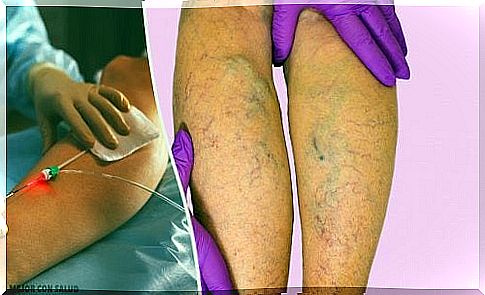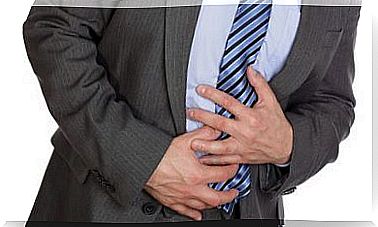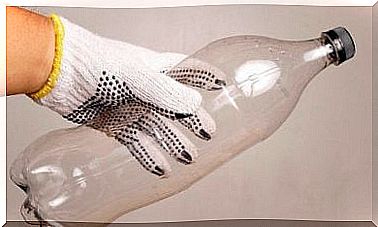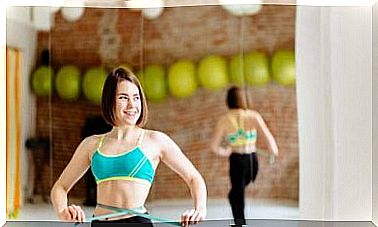Treatments For Varicose Veins

In this article we will talk about some treatments for varicose veins. There is no specific age for their appearance. Although they are more recurrent in women between 40 and 50 years of age, some men also have them.
What are varicose veins?
Irregular blood vessels that dilate when their walls are weak are called varicose veins. They are clusters of veins with shades of green, blue and purple.
Some of them are even surrounded by very thin red capillaries known as vascular spiders.
Both varicose veins and vascular spiders can appear anywhere on the body. However, they are very common in the legs and pelvic region.
Symptoms
- Inflammation
- Very marked blue, purple and green veins
- leg cramps
- pain behind the knee
- Itching around the vein
- Tiredness
- Ulcers
- brown skin tone
Why appear?
Varicose veins arise when healthy veins become inflamed and cause blood to stagnate.
Normally, blood only passes through the vein to reach the heart. However, the exact cause why the blood stagnates is unknown, although there are factors that increase the likelihood of vascular problems appearing:
- Genetic inheritance
- Pregnancy
- Obesity
- hormonal changes
- stand for long periods
- wear very tight clothes
Diagnosis
If you have any of the above symptoms, it is best to see a specialist and have a physical examination.
Afterwards, an ultrasound is needed, which will help to check the status of the blood and how it flows. Ultrasound allows analysis of superficial and deep veins.
Fortunately, not all varicose veins require medical treatment. They only need treatment when they interfere with their daily activities. You should be concerned when:
- Not able to walk or stand up
- appear wounds
- The feet and ankles become inflamed
It is noteworthy that the issue of wounds is delicate, because it is possible that venous ulcers develop by stasis, that is, when the veins dilate and their interior is not drained normally.
When this happens, the skin does not receive oxygen and therefore explodes in the form of sores.
Likewise, phlebitis (inflammation of the vein) and thrombosis (clots in the veins) are possible.
Varicose Treatments
One of the most common treatments that does not involve any surgical procedure is sclerotherapy.
It consists of the application of an injection with saline solution that makes the veins collapse. Since the blood is trapped in the vein, it doesn’t work well, and the injection makes it go away.
What about the blood? The work of transporting it to the heart is naturally transferred to the nearest healthy blood vessels. Therefore, circulation returns to its normal cycle.
However, the healing process with sclerotherapy requires multiple sessions because, on average, 3 injections are needed to treat each vein.
How it works?
In one session, up to 40 veins can be treated. Thereafter, a remaining 4 to 6 weeks is needed for the body to recover (wearing special socks is recommended to help this process).
During this time, the other veins can be treated, but never the same vein in two consecutive sessions.
How does the treatment feel?
Of course, it’s uncomfortable at first, because you get the feeling of little needle-like punctures. There are people who will have side effects, such as:
- mild inflammation
- Contusions
- Itch
- Redness
- Pain
It is recommended to do some physical activity in a moderate way to speed up the recovery process.
The good news is that treated veins disappear in 6 months, and hardly ever appear again.
But it is important to emphasize that sclerotherapy does not prevent the appearance of new veins, it only eliminates those that are already damaged.
Are there more treatment options for varicose veins?
Among the different treatments for varicose veins, the following stand out:
- Intense and pulsed light application. It requires between one and six sessions.
- Laser therapy, indicated for the small blood vessels in the face and legs.
- Ligation: is a surgical procedure in which veins are removed or tied through an incision in the skin.
- Using a radiofrequency device connected by a catheter to a vein valve to seal it.
How to prevent varicose veins?
- Do not expose yourself to the sun for long periods.
- It is recommended to keep your legs elevated, especially at the end of the day.
- If you spend a lot of time standing, it is advisable to stop every two hours and stretch your legs.
- Wear compression or specialized socks.
- Adopt a balanced diet to control your weight.
- Avoid drinking alcoholic beverages and cigarettes.
- Beware of sudden changes in temperature.
- Practice physical activity at least 3 times a week for 30 minutes.
- Wearing nylon bands or stockings is not recommended.
- Avoid crossing your legs while sitting.








